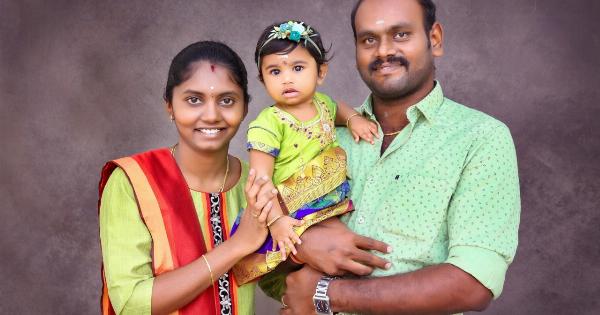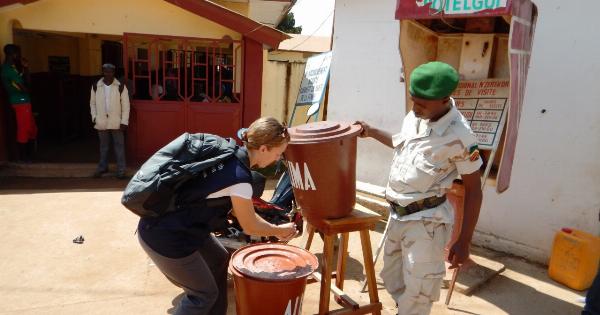Parent-child conflicts are inevitable. No matter how perfect your bond with your child is, misunderstandings and arguments are bound to happen. This is especially true if you are dealing with a teenager.
But conflicts do not have to end with hurting each other or screaming at each other. Instead, use the following three-step process to navigate parent-child conflicts:.
Step 1: Keep Calm and Listen
The first thing you need to do when your child is upset or angry is to keep calm. If you react impulsively, it will only escalate the situation. Take a deep breath and listen to what your child is saying.
Let them express themselves and release their emotions. You do not have to agree with them, but it is important to acknowledge their feelings. It can help to paraphrase what they are saying to show that you are actively listening.
Step 2: Identify the Issue and Establish Boundaries
Once your child has expressed themselves, it is time to identify the root of the conflict. Sometimes, the issue at hand is not what is causing the problem. Try to dig deeper and find the root cause. Once you have identified the issue, establish boundaries.
Work with your child to come up with a mutual solution. This will help your child feel heard and understood and give you both a clear path forward.
Step 3: Follow Through with Consequences
If your child is not willing to work towards a mutual solution or is breaking established boundaries, it is important to follow through with consequences. This can be something as simple as taking away electronics or as complex as grounding them.
No matter the consequence, it is important to stay consistent and not bend to your child’s demands. This will show them that their actions have consequences, and it will prevent the same issues from happening again.
Conclusion
Parent-child conflicts are not the end of the world. In fact, they can be an opportunity to teach your child valuable life skills.
By following these three steps, you can navigate conflicts with ease and have a stronger relationship with your child as a result.































